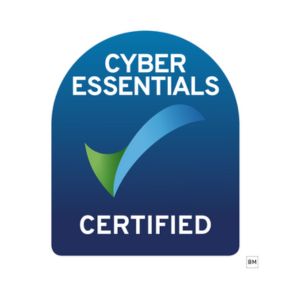Persona definition
the aspect of someone’s character that is presented to or perceived by others
Today, the more widely used definition of persona is
a tool for understanding audience behaviours, wants, needs and challenges.
Personas help us to focus, they enable teams to come together with a single voice, they help us to develop more effective and valued products and services, they help us to communicate in a more personalised way and they enable more effective identification of new targets. Put simply, personas help!
To review or create personas, you need data and let’s face it, we’ve all got masses of that.
Start by thinking about your customers commonalities.
- look at your data and explore demography (company size, sector, job role, age, gender, geography, education attainment, and so on).
- you could look at web/social media analytics – what do they engage with/read?
- you could talk to key stakeholders; sales teams, product teams, ops teams – what are common objections, who is typically involved in a buying process, who do you lose/win against (competitors), how do you justify price/proposition to different people? What problems are they looking to solve?
The next step (ideally) is to talk to customers. I usually do this after the initial data analysis and segmentation, once I’ve got the skeleton of a persona (series of personas) – talking to customers puts flesh on the bones, I’d recommend at least a few discussions per persona or you run the risk of stereotyping based on a single niche.
You need to choose some contacts who sit broadly within each outline and then spend some time talking to them. This is where we find out their challenges, frustrations, goals, ambitions, values, KPIs, pain points, doubts/objections, trends/opportunities, respected media/channels and respected thought leaders.
We ask them what a day in their life is like – where do they work? When/hours? What tasks are they expected to complete? What is their workload like? How do they keep up-to-date?
This is not the time to be assumptive – use open questions and response laddering (Laddering is performed by using probes, peeling back the layers of the response.) – they should be doing a lot more talking than you. If you can record those discussions – that’s great, if not, prepare a discussion script so you have space to take notes. You’ll need this to flesh out your personas.
When you’re creating your persona remember less is more – if the personas are going to be used (as they should be) for everyday tasks within your team; creating content, conducting a sales call, identifying products/service enhancements or new developments, they need to be concise and immediately recognisable. Imagine they’re an actual person, give them a name, give them personality but don’t waste time on irrelevant detail e.g. Include it if it impacts their behaviour or attitudes to your products/services but not if it doesn’t.
Once scoped – review with your teams. Do they ‘know’ them? Can they visualise them? Is there anything missing?
A bad persona is out of date – review and refine your personas regularly (at least every 6 months) with your data, your teams and your customers. What has changed? Have some objections been overcome by product/service/delivery changes? How is the competitive landscape changing? The media/channels?
Yes this takes time – but let’s face it, most of us have that in buckets at the moment. By using time and resources productively you can make sure you’re focussed for the future.
If you need more information or help with creating personas, feel free to get in touch. Happy to help!
Posted by Lisa







